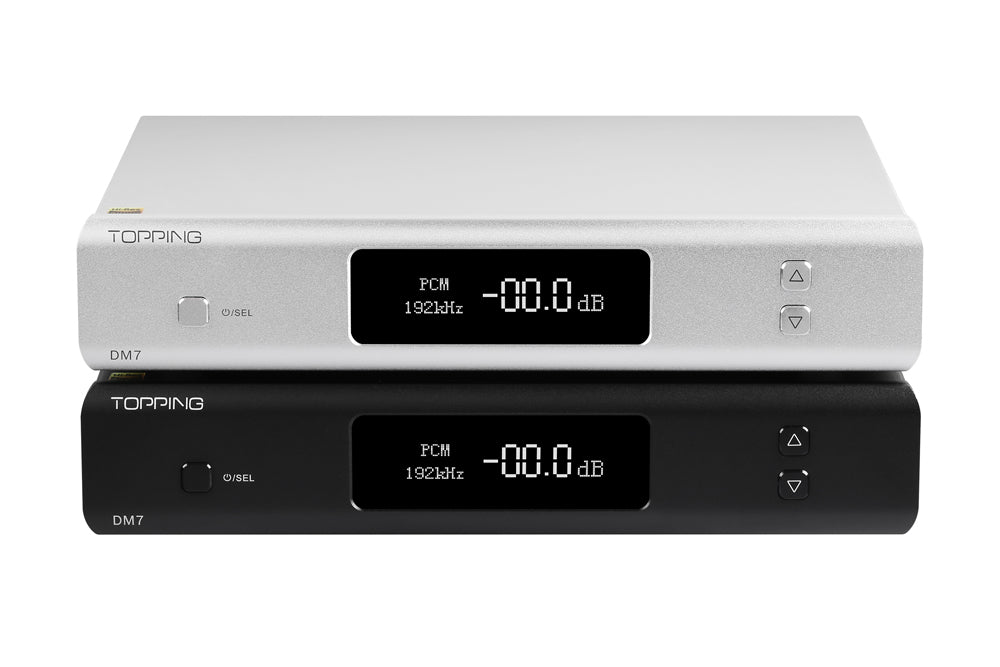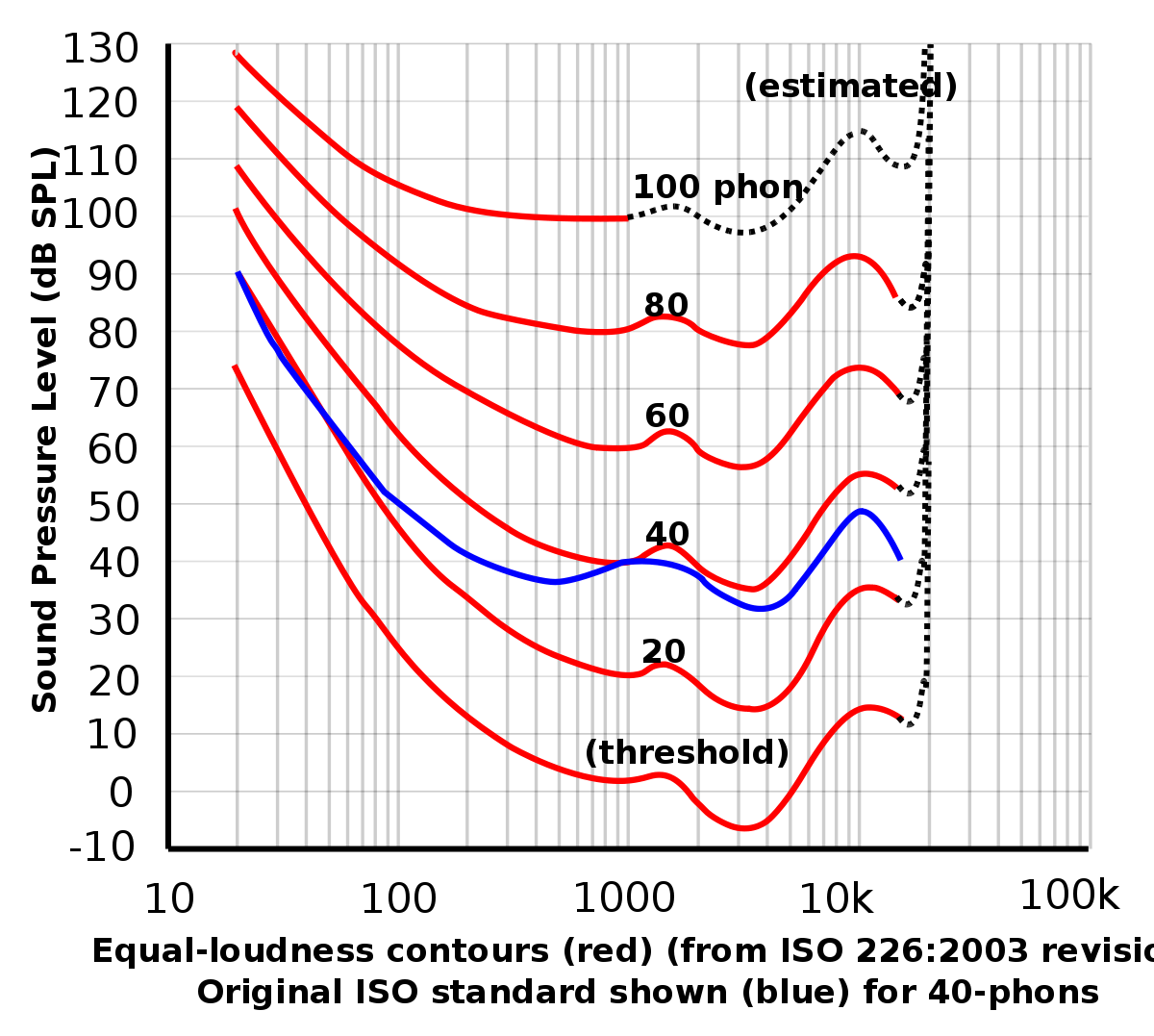Also, never discount the effects of placebo.Ah yes. But based on my limited understanding of this phenomenon (which I think applies more to low SPLs) people should have the same experience even going dac only to a preamp or integrated at low volumes? Maybe I need to re-read Flethcer Munson more carefully
To be able to tell the difference in dynamics, which will have to be from memory, is a long shot. This is because to engage "preamp" mode in the E30/E50, you simply have to reduce the volume/gain which is in 0.5db intervals. To elucidate, 0.0 DB is DAC mode whereas anything lower is preamp mode.
Now if one has to compare the dynamics in DAC mode vs Preamp mode, and you listen to the E30 at lets say -6db to test the Premamp mode, you'll have to reduce the volume of your integrated/pre/power also by exactly -6db after having reset the DAC to 0.0db. The time lag involved in level matching the volumes of the integrated/pre/power and the DAC in itself would obfuscate the difference unless it is very pronounced.




